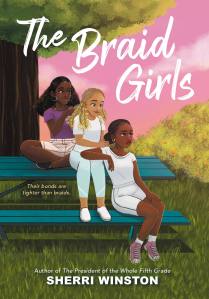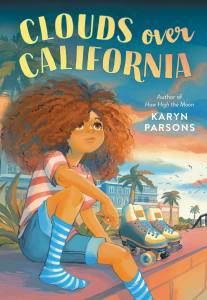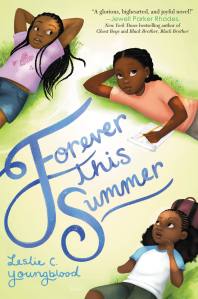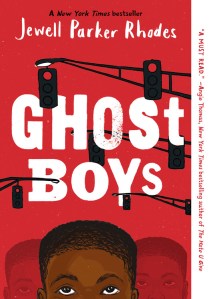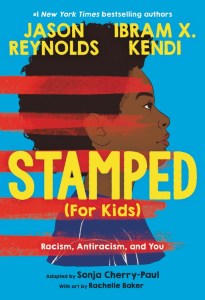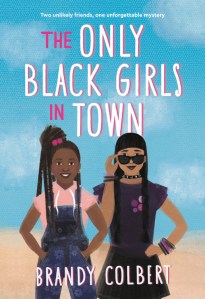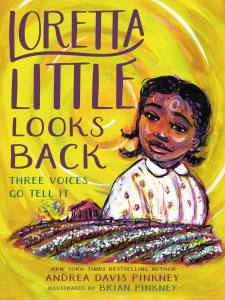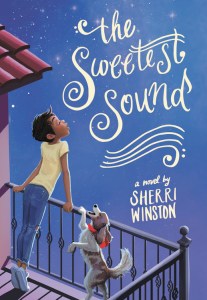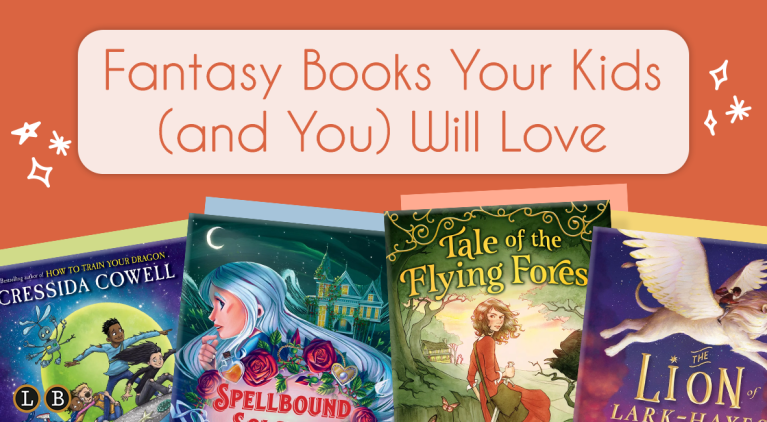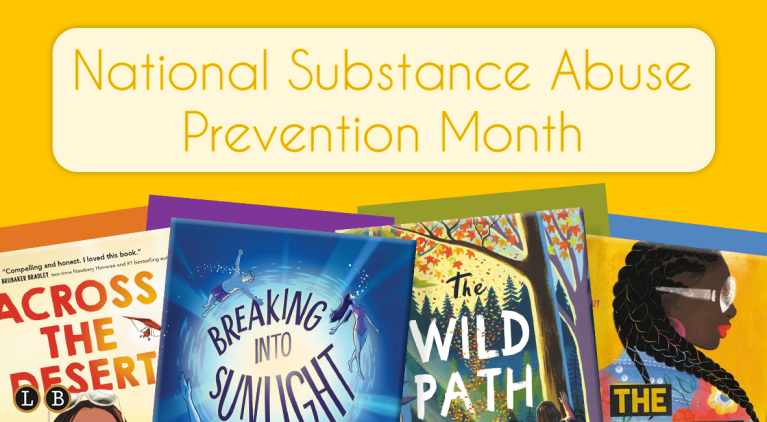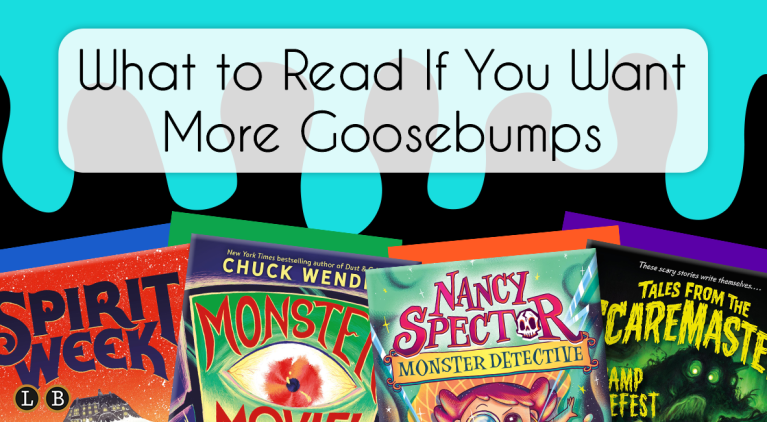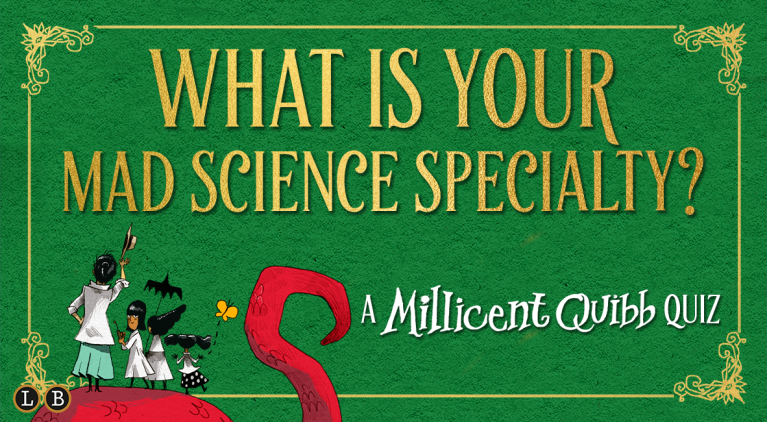Black Voices in Middle Grade You and Your Kids Should Read
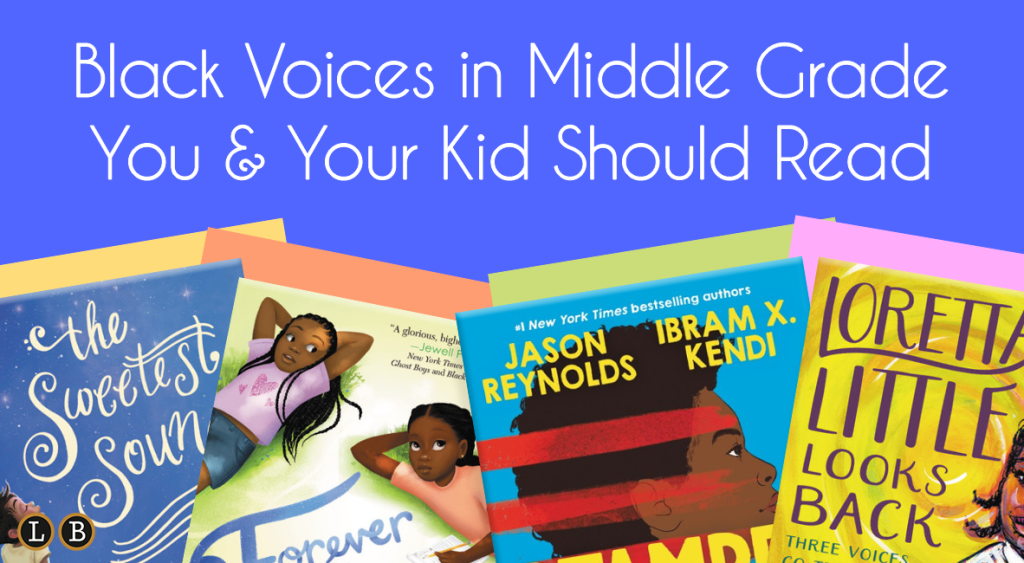
Reading is a wonderful way to listen and learn about the experiences of other people. It’s especially important to read diversely and appreciate the many wonderful voices that offer new points of view to think about. As a Black reader, I make sure to read books by Black authors, not only because I love seeing representation in my books, but because I know that not all Black people have had the same experiences as me. I can still take so much from listening to what others have to say, and there are plenty of Black voices sharing meaningful messages that all of us can listen to and learn from!
Daija’s always felt like she had a sister in Maggie. So she can’t let new half-sister Callie take her place! And she can’t let her interfere with their new Braid Girls business, either. She needs the money to pay for extra ballet lessons so she can go en pointe and earn a spot in the fall dance showcase, making her distant father proud at last—if she pulls this off, he’ll have to pay attention to her.
Callie’s still grieving her late mom. Now she’s leaving her old home in the Bahamas behind, including her old school and friends to move in with the father she’s never met, plus his family. When she hears of Maggie’s and Daija’s business, she sees a chance to prove her skills and a way to be accepted.
With three very different girls on board, the Braid Girls arrive to a summer camp full of kids with locs begging to be braided. Business is booming, until rival Angela shows up with her friends and starts a new braiding business—the Sistahs Who Braid. With competition heating up, the Braid Girls are sure to have an unforgettable summer.
Stevie agrees to keep Naomi’s secrets. She’s the cool big cousin, after all, and Stevie can’t help but notice the happy, positive effect the Black Panthers are having on Naomi’s confidence and identity—just like how Mom is making decisions for herself, even when Dad disapproves.
Stevie feels herself beginning to change as well. But one thing remains the same: she loves both of her parents, and she loves them together. Can her family stay in one piece despite the world shifting around them?
Then Markie asks Georgie to help her find her mom, and suddenly summer has a real purpose. But as Georgie and Markie’s histories begin to entwine, Georgie becomes more desperate to find the truth. But words spoken cannot be taken back and once Georgie knows the truth, she may even find a way to right past wrongs and help Aunt Vie and Markie out after all.
Twelve-year-old Jerome is shot by a police officer who mistakes his toy gun for a real threat. As a ghost, he observes the devastation that’s been unleashed on his family and community in the wake of what they see as an unjust and brutal killing.
Soon Jerome meets another ghost: Emmett Till, a boy from a very different time but similar circumstances. Emmett helps Jerome process what has happened, on a journey towards recognizing how historical racism may have led to the events that ended his life. Jerome also meets Sarah, the daughter of the police officer, who grapples with her father’s actions.
This chapter book edition of the groundbreaking #1 bestseller by luminaries Ibram X. Kendi and Jason Reynolds is an essential introduction to the history of racism and antiracism in AmericaRACE. Uh-oh. The R-word.
But actually talking about race is one of the most important things to learn how to do.Adapted from the award-winning, bestselling Stamped: Racism, Antiracism, and You, this book takes readers on a journey from present to past and back again. Kids will discover where racist ideas came from, identify how they impact America today, and meet those who have fought racism with antiracism. Along the way, they’ll learn how to identify and stamp out racist thoughts in their own lives.Ibram X. Kendi’s research, Jason Reynolds’s and Sonja Cherry-Paul’s writing, and Rachelle Baker’s art come together in this vital read, enhanced with a glossary, timeline, and more.
Alberta is positive she and the new girl, Edie, will be fast friends. But while Alberta loves being a California girl, Edie misses her native Brooklyn and finds it hard to adapt to small-town living.
When the girls discover a box of old journals in Edie’s attic, they team up to figure out exactly who’s behind them and why they got left behind. Soon they discover shocking and painful secrets of the past and learn that nothing is quite what it seems.
“I’m gon’ reach back, and tell how it all went. I’m gon’ speak on it. My way.” —Roly
“I got more nerve than a bad tooth. But there’s nothing bad about being bold.” —Aggie B.
Loretta, Roly, and Aggie B., members of the Little family, each present the vivid story of their young lives, spanning three generations. Their separate stories – beginning in a cotton field in 1927 and ending at the presidential election of 1968 – come together to create one unforgettable journey.
Through an evocative mix of fictional first-person narratives, spoken-word poems, folk myths, gospel rhythms and blues influences, Loretta Little Looks Back weaves an immersive tapestry that illuminates the dignity of sharecroppers in the rural South. Inspired by storytelling’s oral tradition, stirring vignettes are presented in a series of theatrical monologues that paint a gripping, multidimensional portrait of America’s struggle for civil rights as seen through the eyes of the children who lived it. The novel’s unique format invites us to walk in their shoes. Each encounters an unexpected mystical gift, passed down from one family member to the next, that ignites their experience what it means to reach for freedom.
She did make a promise last year that she would try to break out of her shell, just a little. And she prayed that she’d get the courage to do it. As her eleventh birthday draws near, she realizes time is running out. And when a secret recording of her singing leaks and catches the attention of her whole church, she needs to decide what’s better: deceiving everyone by pretending it belongs to someone else, or finally stepping into the spotlight.
